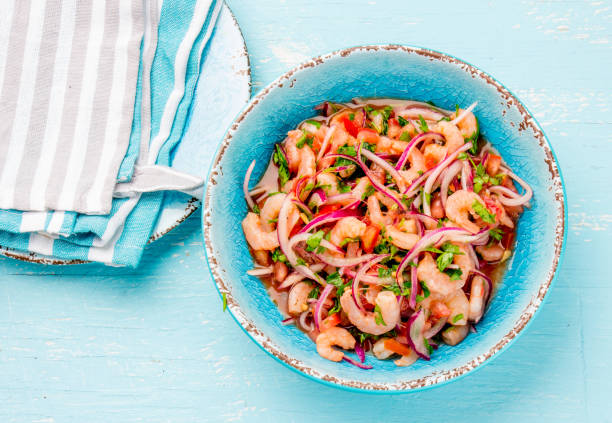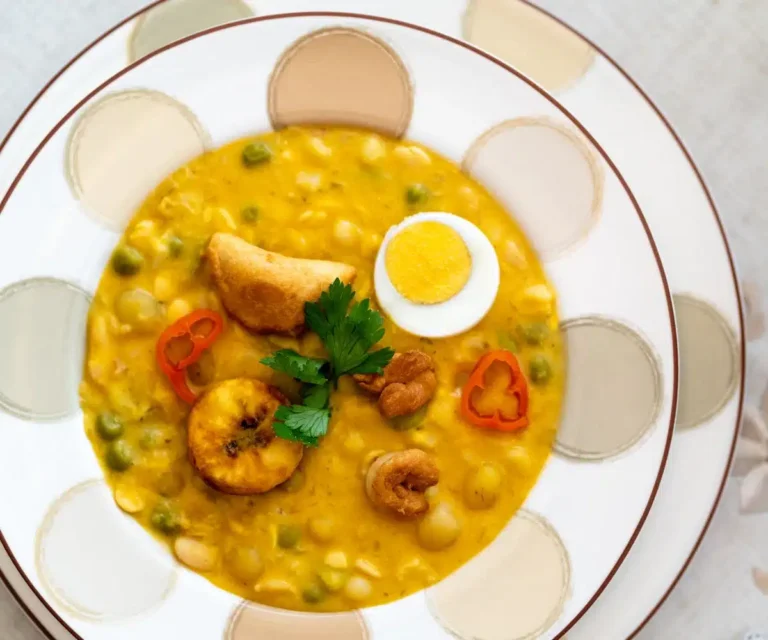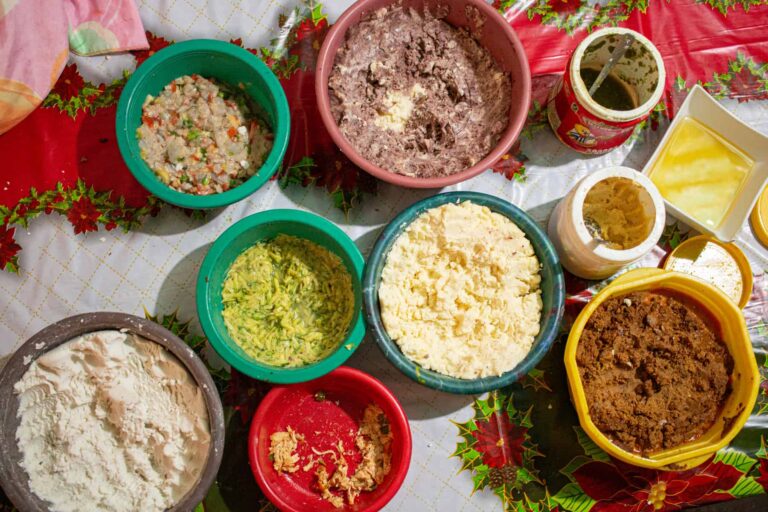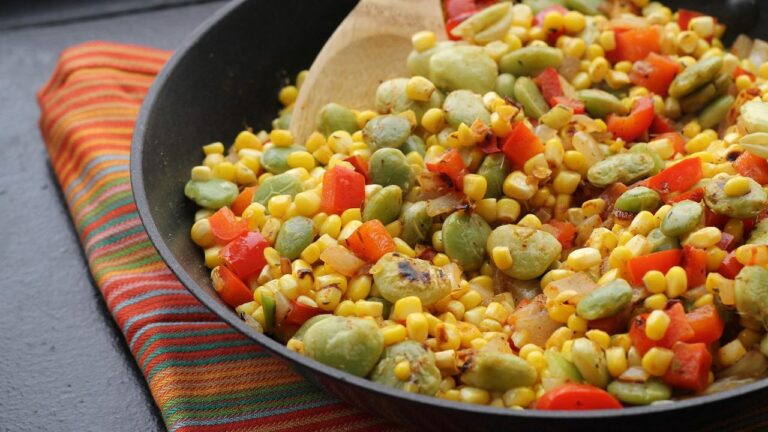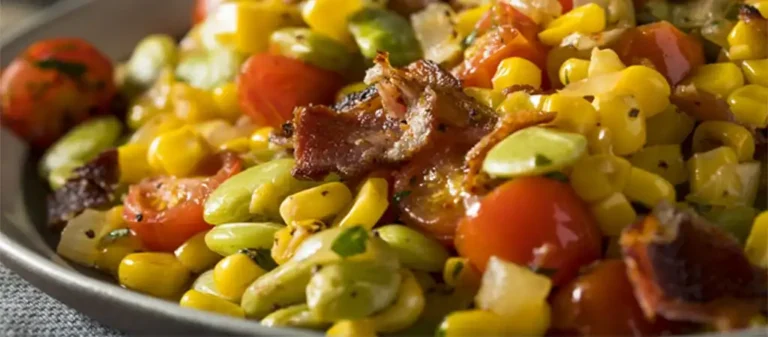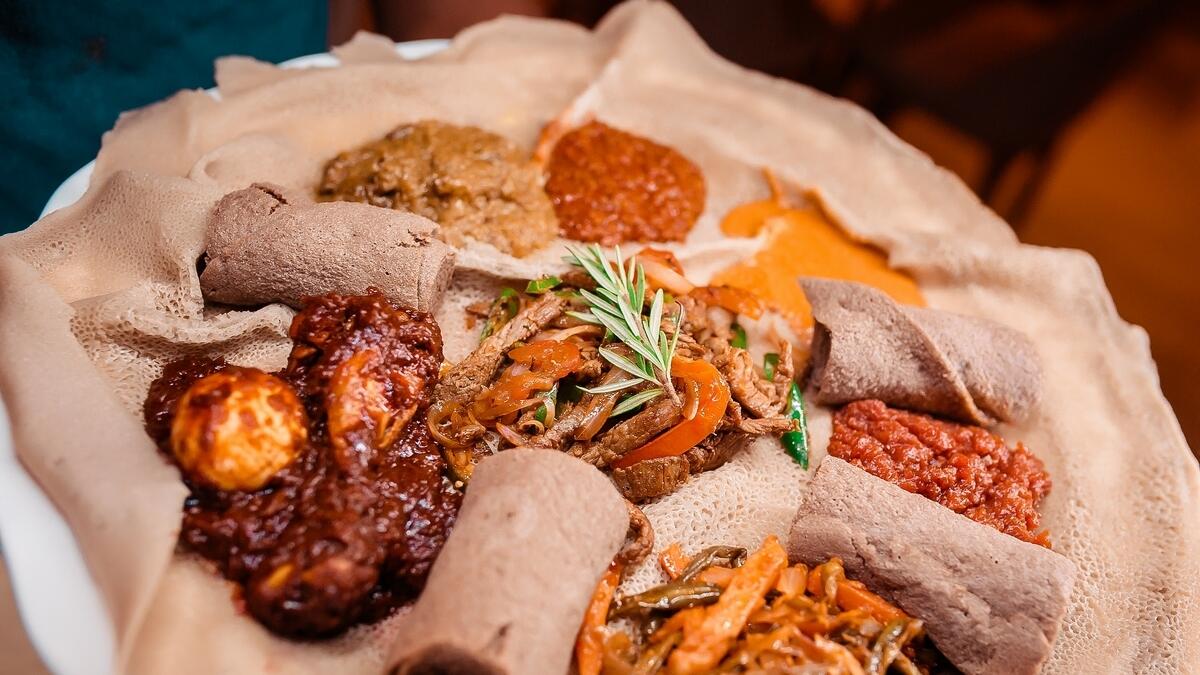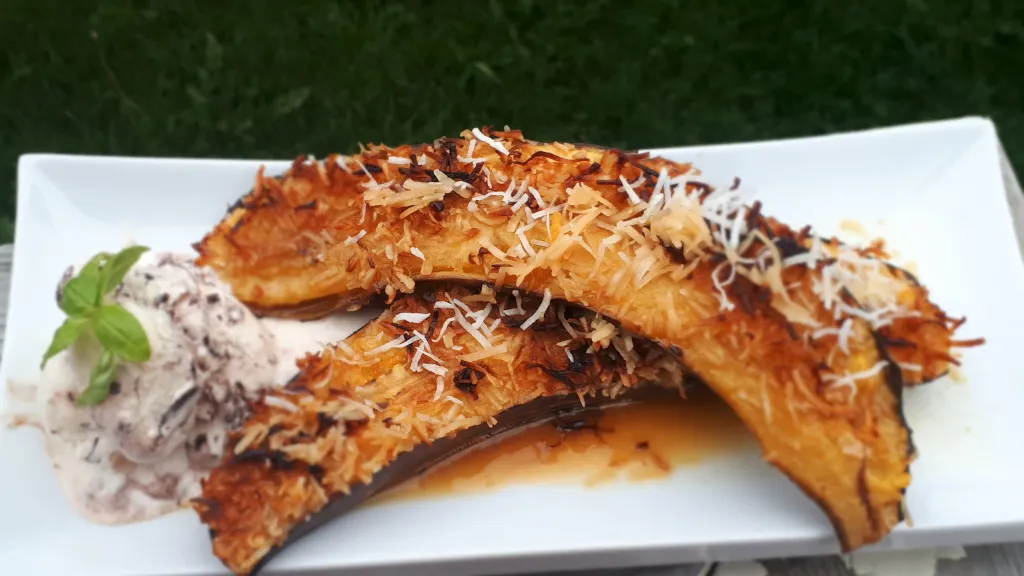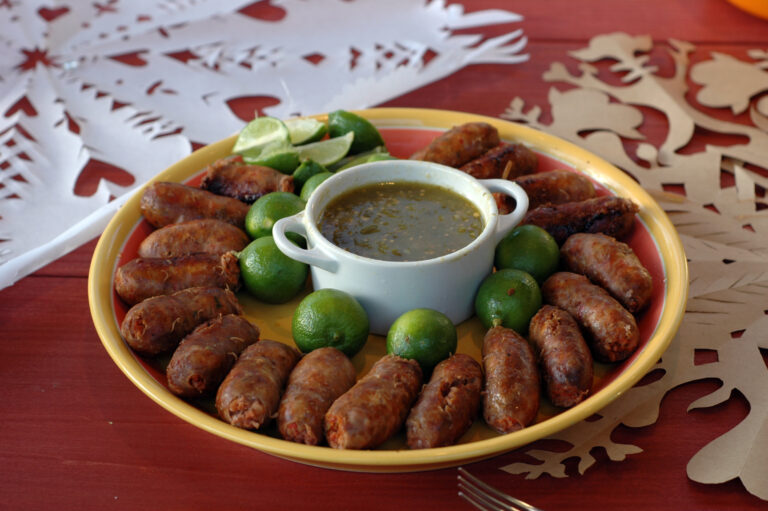Introduction: Ecuadorian Street Food
Ecuadorian street food is a diverse and flavorful cuisine that has been influenced by indigenous and Spanish cultures. The streets of Ecuador are bustling with vendors selling a wide variety of snacks, meals, and refreshing beverages. From savory empanadas to hearty stews, there is something for everyone to enjoy.
If you are planning a trip to Ecuador, trying the street food is a must. You will find that the flavors are unique and delicious, and the prices are affordable. In this article, we will recommend seven must-try Ecuadorian street foods that you should add to your list.
1. Cevichochos: A Must-Try Dish
Cevichochos is a popular street food that is made from boiled lupin beans mixed with onions, tomatoes, and cilantro. The dish is then topped with lime juice, salt, and hot sauce. It is a delicious and refreshing snack that is perfect for a hot day.
Lupin beans are a traditional Andean food that is high in protein and fiber. They are also low in fat and calories, making cevichochos a healthy snack option. You can find cevichochos at street food stands throughout Ecuador, especially in Quito and Cuenca.
2. Empanadas: A Popular Street Food
Empanadas are a popular street food in Ecuador and throughout Latin America. They are small, stuffed pastries that can be filled with a variety of ingredients, such as beef, chicken, cheese, or vegetables. The dough is usually made from cornmeal or wheat flour and is fried to perfection.
Empanadas are a great snack or meal option and are usually served with aji, a spicy sauce made from chili peppers, onions, and cilantro. You can find empanadas at street food stands throughout Ecuador, especially in the coastal regions of Guayaquil and Manta.
3. Hornado: A Delicious Pork Dish
Hornado is a delicious Ecuadorian pork dish that is typically served on weekends and special occasions. The pork is roasted in a wood-fired oven, giving it a smoky and flavorful taste. It is usually served with potatoes, corn, and aji.
Hornado is a popular street food in Ecuador, especially in the highlands and Andean regions. You can find it at food markets and street vendors throughout the country.
4. Encebollado: A Fish Soup You’ll Love
Encebollado is a traditional Ecuadorian fish soup that is usually eaten for breakfast or lunch. The soup is made from fresh fish, onions, tomatoes, cilantro, and yuca. It is then flavored with lime juice, hot sauce, and cumin.
Encebollado is a delicious and hearty soup that will keep you full for hours. It is popular street food in Ecuador, especially in coastal regions like Manabi and Esmeraldas.
5. Churrasco: A Tasty Beef Dish
Churrasco is a tasty beef dish that is popular in Ecuador and Argentina. It is made from thin slices of beef that are marinated in garlic, lime juice, and spices. The beef is then grilled or fried and served with rice, french fries, and a salad.
Churrasco is a filling and flavorful meal that is perfect for lunch or dinner. You can find it at street food stands and restaurants throughout Ecuador, especially in the cities of Quito and Guayaquil.
6. Salchipapas: A Popular Snack
Salchipapas is a popular snack in Ecuador that is made from french fries and sliced hot dogs. The potatoes are fried and then topped with hot dog slices, ketchup, mayonnaise, and aji.
Salchipapas are a simple and tasty snack that is favored by locals and tourists alike. You can find them at street food stands throughout Ecuador, especially in the cities of Quito and Cuenca.
7. Locro: A Hearty Corn Stew
Locro is a hearty corn stew that is popular in Ecuador and other Andean countries. The stew is made from corn, potatoes, cheese, and herbs. It is a filling and comforting meal that is perfect for cold days.
Locro is a traditional Ecuadorian dish that you can find at food markets and street vendors throughout the country. It is usually served with avocado and hot sauce.
Conclusion: Try These Ecuadorian Street Foods
Ecuadorian street food is a delicious and affordable way to experience the country’s culture and flavors. From cevichochos to locro, there are plenty of dishes to try. So next time you are in Ecuador, make sure to add these must-try street foods to your list.

